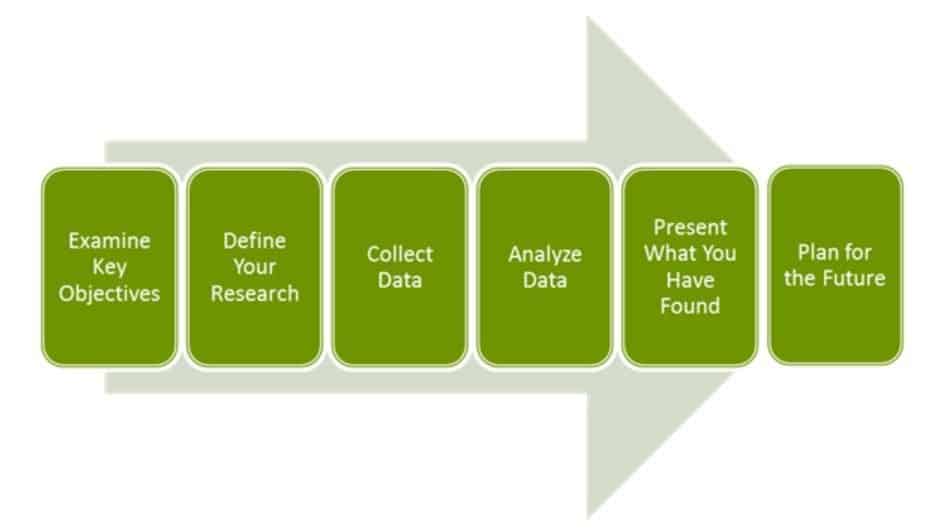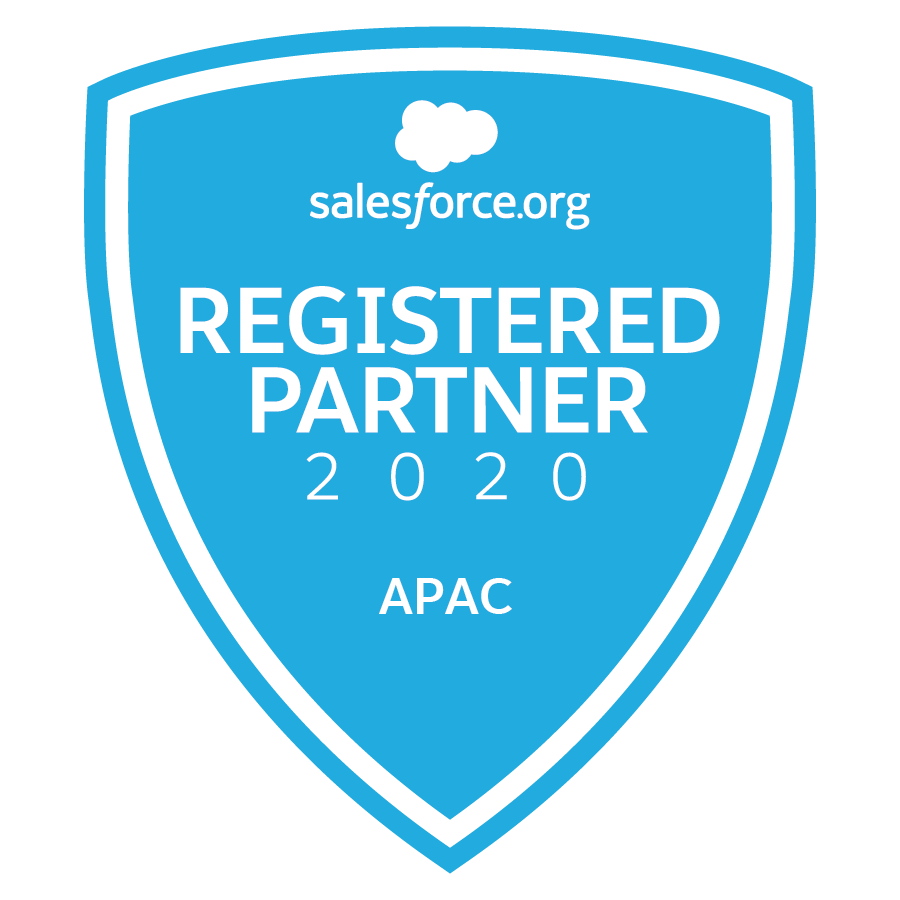Business process management helps organisations leverage processes to achieve their goals and be successful.
Once processes are implemented, they must be monitored, evaluated, and optimized to make sure they are still meeting the goals that they were designed to accomplish. A business that can successfully manage its processes is able to maintain a competitive edge, while increasing productivity and efficiency and decreasing costs.
What is Business Analysis?
The business analysis phase is vital within the business process framework. This phase involves identifying key business objectives and collecting as much data and information as possible. The data will enable you to put together a comprehensive picture of the issues facing your company and what your objectives are. Then, you will be able to design or enhance processes and procedures that enable you to reach these objectives and implement the right solutions for your organisation.
Within this stage of the business process framework, you need to ask yourself some questions to help provide focus for what actions need to be taken. The following questions can be used to guide your thinking:
- What is the purpose of this process?
- What key business objectives does this process achieve?
- How can we monitor and measure this process to make sure it is achieving a key business objective?
- How will a change or creation of a process affect the employees and structure of our company?
- What sort of training and development will be needed to implement this process?
- What resources will be used in this process?
- What might be some potential obstacles with this process?
- Is this process in line with our strategic goals?
- More importantly, will this process better enable us to reach our organisational goals?
Thorough answers to the above questions will help direct your thinking. Most importantly, the answers you provide will enable you to determine what course of action to take when implementing your process changes.
How do I conduct a Business Analysis?
There are six essential steps to conducting a business analysis:


1. Examine Key Objectives
This stage is about taking a close look at the strategic goals of your organisation. What is it you want to do?
Let’s take selling a product as an example.
- What is the product you want to sell?
- What is your target market?
- How much do you want to sell and in what time frame?
Focusing on your key objectives enables you to create and enhance processes that will provide the right solutions and help you achieve your key objectives. Additionally, examining your key objectives enables you to narrow your focus and concentrate on what is important.
2. Define Your Research
Next, you need to examine what’s out there. How have other organisations like yours implemented new processes? How have these processes impacted their business?
In addition to your outside research, you also need to do thorough inside research by collecting data from internal customers, such as employees, management, and customers.
3. Collect Data
This stage is all about getting the information you need to make the argument for a new process. This information can be acquired through a variety of methods, such as:
- Interviews
- Surveys
- Focus groups
- Discussions
4. Analyze Data
This stage is where you figure out how to implement your process. During this stage, you will need to examine how this process will affect different parts of your organisation. Additionally, you need to make a plan to support these changes and the people affected by it. For example, if a new process requires training and development for some staff members, you need to figure out how you will provide this training.
As well, you will need to investigate what resources you need to carry out your initiative. How much time, money, or manpower is needed to enact the change? How will you communicate the changes to employees?
5. Present What You Have Found
In this stage, you put your findings in a cohesive package to share with others and present your recommendations. This stage explains your research to gain support for your initiative.
6. Plan for the Future
This is your call for action! Once you have completed the previous stages, you can now make an informed decision of where to go from here.






